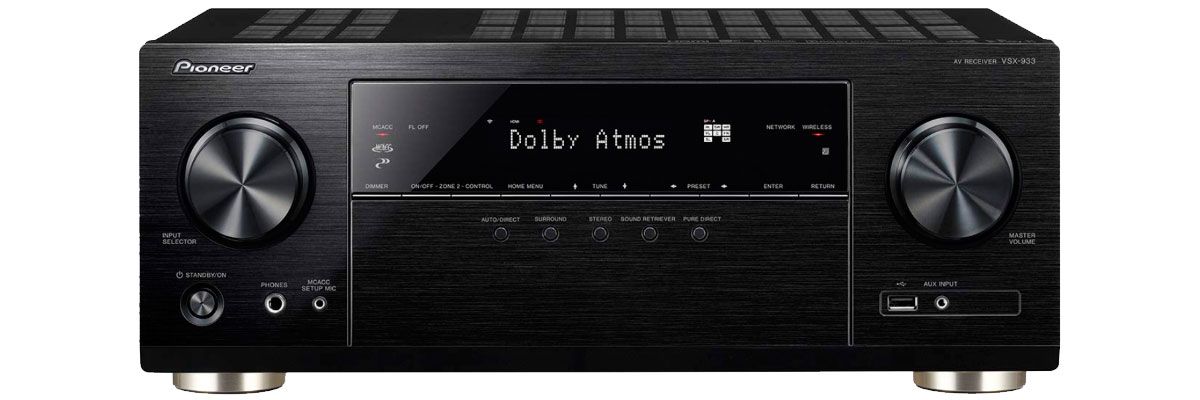Dec 20, 2019
Read More
The Pioneer VSX-933 works with Dolby Atmos and DTS: X signals in 5.2.2 configuration. The Pioneer VSX-933 vs Pioneer VSX-1131 has no so powerful amplifier – 80 W per channel at 6 or 8 Ohm impedance versus 100 W per channel at 6 Ohm and 170 W/channel (8 Ohm) in VSX-1131. The MCACC automatic calibration system is now able to precisely control the phase response of the corrected signal through the Phase Control function. The device supports many wireless protocols, including the proprietary FlareConnect and DTS Play-Fi, which work when connected via Wi-Fi. There is support for AirPlay, Chromecast, and popular streaming services such as Deezer.

The receiver has 7 amplification channels with the support of a modern quad-core DSP which works with 3D sound formats. The sound decoding is performed by the AK4458 DAC which allows the receiver to work with Hi-Res-files FLAC and WAV, as well as with a DSD stream, via the HDMI input, from the media connected to the USB input, as well as over the network. Support for wireless protocols - at the modern level: Bluetooth and AirPlay, as well as the latest Google Cast protocol.











